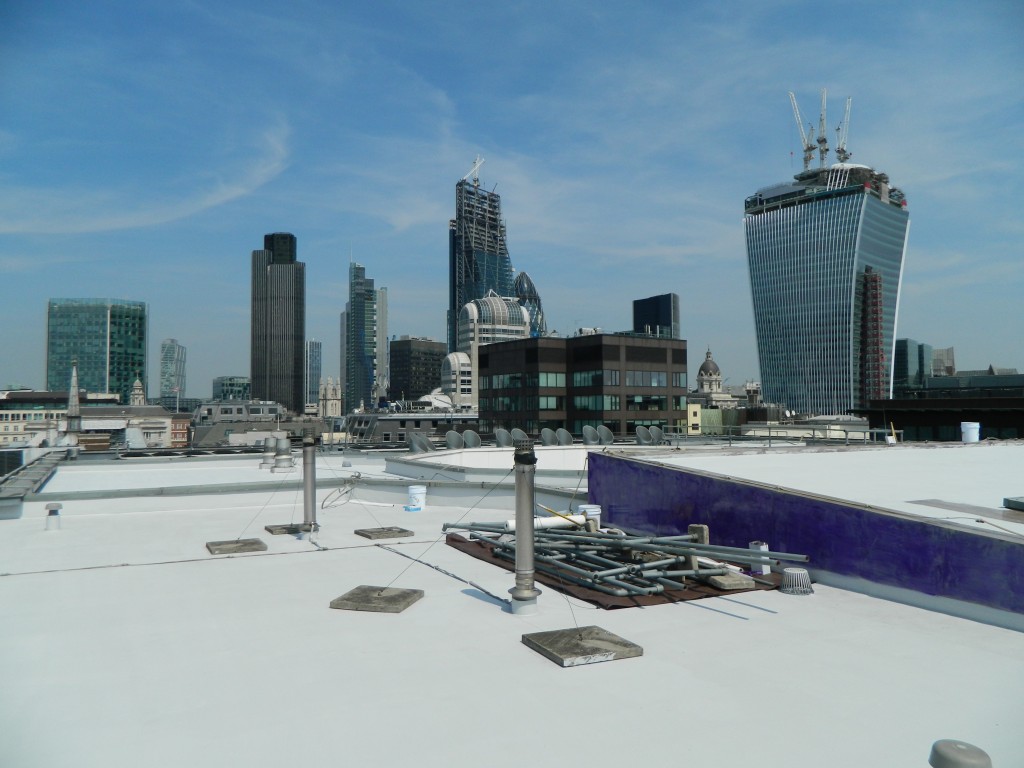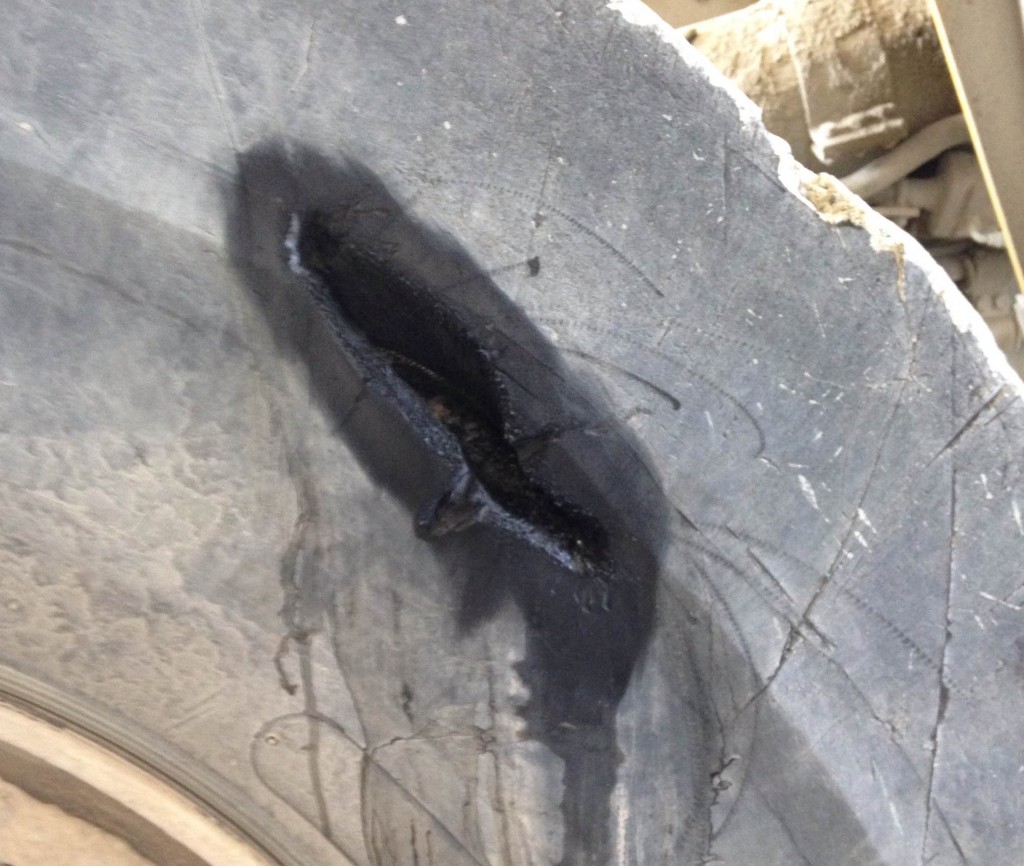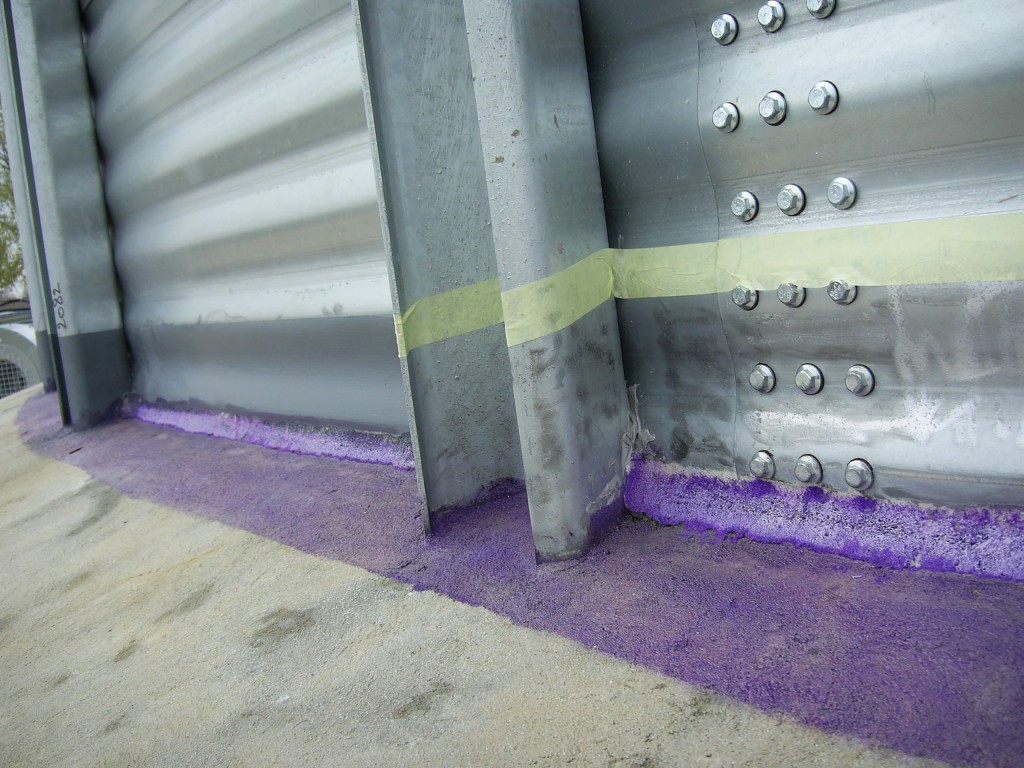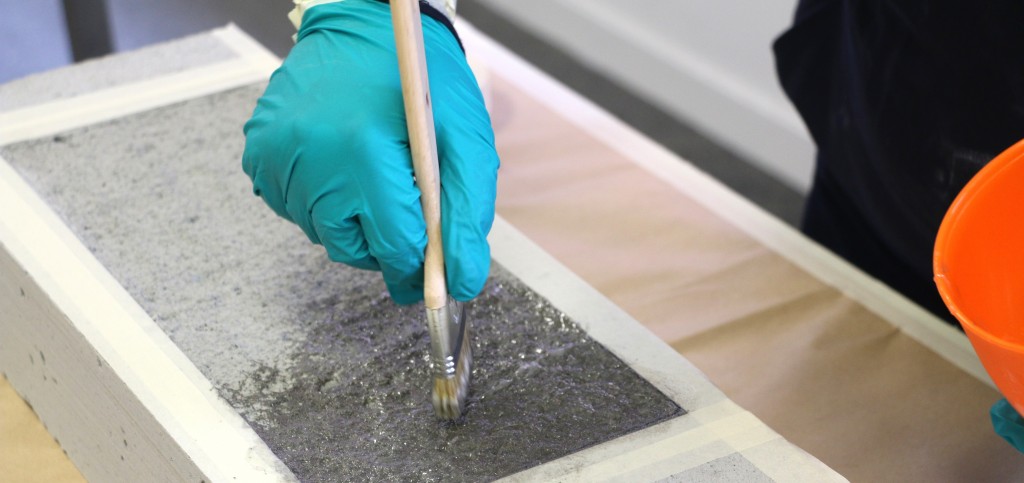Why are surface primers and conditioners necessary?
To prime or not to prime – that is the question. At least it is for Belzona and quite an important question. With a vast array of different surface primers available, it can become difficult to understand exactly why they should be used and what is actually achieved when they are used. Essentially, primers, sometimes known as surface conditioners, are undercoats which are used to enhance the performance and longevity of the top coating with which they are used. This post will explore the other functions of surface primers and why they are used in combination with Belzona solutions.

Protective coatings
Coatings are engineered to withstand certain environmental forces, including erosion, corrosion, impact, abrasion, weathering and immersion in liquids. In order to achieve these physical properties, the formulation of each coating must be finely balanced and engineered to protect the underlying substrate from attack for an economical length of time.
However, adjusting the formulation to enhance one desired property may have an undesired effect on another characteristic. For example, adjusting the adhesion of a coating could negatively impact on the most important quality of corrosion resistance. Consequently, the right balance of physical properties is critical to the performance. Therefore, surface primers and conditioners can be used to optimise the coating’s existing characteristics without affecting other physical properties.
Surface primer functions
Surface primers are used in conjunction with many Belzona materials and fulfil numerous functions, including:
Adhesion
The most important function of a primer is to enhance adhesion between the substrate and the surface coating. The primer itself, as a result of its formulation, penetrates and bonds to the substrate, whilst at the same time providing an optimised bond to the surface coating.
“Wet-out”
When using a very fast-curing or very viscous top coat, it may be impossible to ensure that this material can “wet out” the surface adequately enough to ensure an optimum bond. More to the point, it is difficult to force the coating into the surface profile, thus displacing any air and ensuring a strong mechanical bond. This situation can be avoided by using a low viscosity surface primer to penetrate the profile fully and present an active surface for the top coat to bond with.

Inert Surfaces
Non-porous or inactive substrates such as rubbers and plastics may benefit from the application of a low viscosity primer. Primers contain solvents which attack the substrate and penetrate the inert surface. The primer then bonds with the substrate and presents an active surface for the top coat to bond with.
Coverage rate
Alternatively, substrates which are particularly rough, such as concrete, may result in an uneconomical reduction of the coverage rate of an expensive top coat. In these circumstances, a less expensive, viscous surface primer could be used to smooth off the surface and maximise the coverage rate of the top coat.

Porosity
Similarly, if the substrate is very porous (e.g. concrete), a surface primer may be prescribed in order to seal the porous surface and prevent the top coat from being absorbed. This will again maximise the coverage rate of the top coat. The use of a primer may also reduce the effects of outgassing, although this should not be considered as a reason to ignore proper application temperature control. Coatings should be applied during the cooling cycle of the substrate, not the heating cycle. Click here for more information of concrete preparation.
Corrosion protection
Some primers, for use on steel surfaces, contain metallic fillers (zinc) which will provide some corrosion protection should the top coat become damaged. These primers are generally known as sacrificial or inhibitive primers.
Bleed through
Primarily used on wood, but also effective on bituminous surfaces, these primers are formulated to prevent stains, knots, wood tannins and natural oils from bleeding through, causing blistering and a loss in the coating’s adhesion.
“Tack coats”
Trowelable polymeric screeds for concrete resurfacing are highly filled and therefore lean on excess binder. These screeds require a primer or “tack coat” to enable them to be physically applied to the substrate. Without such a primer they will not grab the substrate and will simply slide over the surface.

Making the best selection
Dependent upon the formulation, surface primers are used in different ways. Some must be touch-dry before the application of a top coat, whereas others can be worked “wet on wet”. However, all surface primers will have a recommended, time-sensitive, overcoat window which should be adhered to.
In addition, primers can be formulated from many chemical groups, such as oil-based, water-based, acrylic, epoxy and urethane, for use on many different substrates. Therefore, it is important to ensure the correct surface primer is matched with the application and always read the manufacturer’s application guidelines and instructions beforehand. For all Belzona solutions, follow the Product Specification Sheet and Instructions for Use to identify which, if any, surface primer is suitable.
Henry Smith
Senior Technical Service Engineer
Belzona Polymerics Ltd






Me interesa conocer mas de los productos Belzonas.
Gracias por su comentario y por favor consulte el siguiente enlace:
http://www.belzona.es/
Un nuevo sitio web estará disponible en breve.
I’m a new concrete contractor, I find the information given in this post is so informative and beneficial for me.
The importance of a proper concrete coating is huge for the future preservation of the concrete surface.
going with cheap materials can cause some serious issues down the road.
cheers